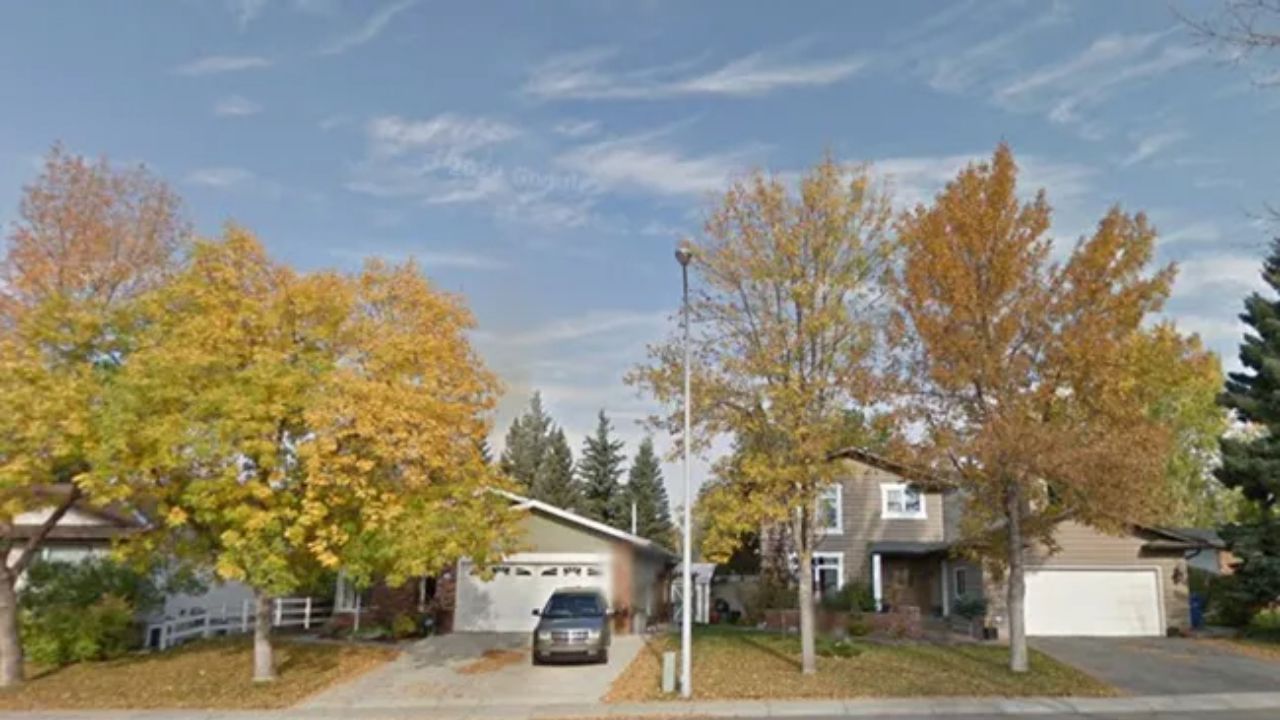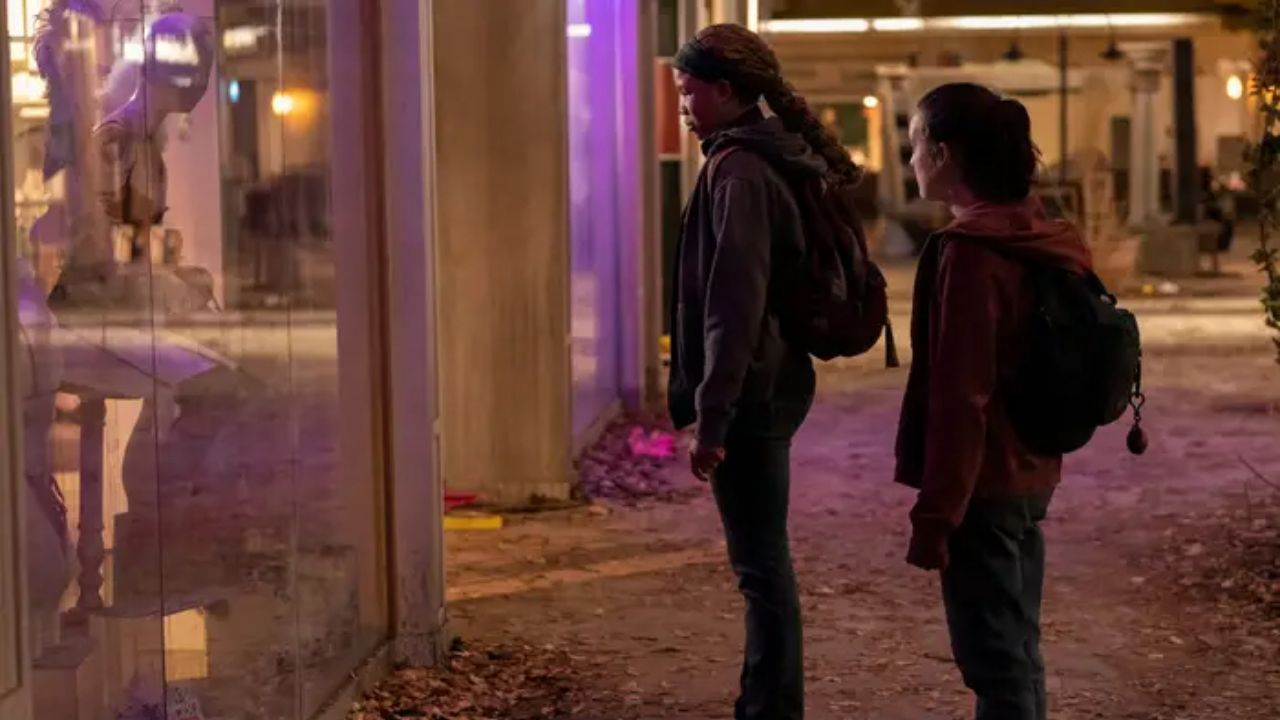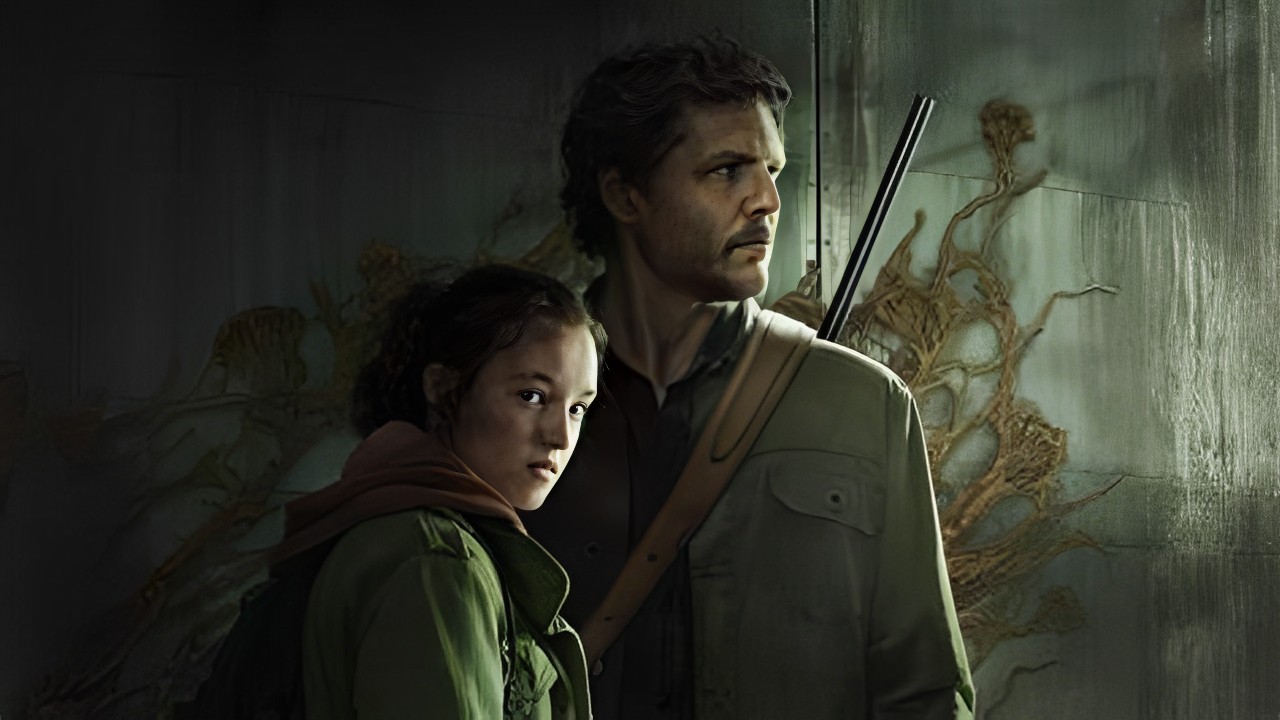In The Last of Us episode 7, fans were treated to a departure from the series’ typical storyline. Episode 7 chose to delve into the content of the popular expansion to the original game, “Left Behind.” The episode focused on the story of Riley and Ellie, who spend one final unforgettable evening together at an abandoned mall and arcade.
Throughout the episode, viewers were treated to a stunningly lit locale, which served as the perfect backdrop for the night’s events. The mall was filled with nostalgia, including a carousel and an arcade packed with classic games, making for a visually stunning experience.
As the night unfolded, viewers were taken on a journey through the rundown mall, which served as a fitting setting for the story of these two beloved characters. While the episode may have deviated slightly from the series’ typical storyline, it provided a compelling and visually stunning experience for fans.
In a recent interview, the production designer for the hit television series “The Last of Us” revealed the creative process behind one of the show’s most memorable episodes, 7. John Paino shared how his team was able to transport viewers back in time to a bygone era with the help of careful set design and clever references to the original video game.
The Last of Us Episode 7 of the show, based on the “Left Behind” DLC of the original game, serves as a prequel to the main events of the series. It follows protagonist Ellie and her friend Riley as they explore an abandoned mall that was accidentally connected to the Boston power grid. For Ellie, the mall is a wonderland of escalators and other mundane fixtures that have become rare in a post-apocalyptic world.

To bring this vision to life, Paino and his team scouted locations that would evoke the same feelings of nostalgia and wonder that they wanted viewers to experience. They eventually settled on a site that was not only near where the show was filming but also reminiscent of the great American malls of Paino’s youth.
By carefully balancing the original game’s references with their creative vision, Paino and the rest of the production team were able to create a set that truly transported viewers to another time and place. As “The Last of Us” continues to captivate audiences around the world, it’s clear that this attention to detail and commitment to storytelling will remain a hallmark of the series.
Last of Us episode 7 filming Locations
Okotoks
In the seventh episode of The Last of Us, viewers witness Joel’s injury during an unfortunate incident at the University of East Colorado. Meanwhile, Ellie will seek refuge in an abandoned house as she contemplates her next move.

According to reliable sources, the scenes were shot in a quiet neighbourhood situated in the charming town of Okotoks. The small town, located in the foothills of the Canadian Rockies, served as the perfect backdrop for the gritty and intense scenes that will unfold in Episode 7.
The production team went to great lengths to provide viewers with an authentic and immersive experience. They scouted numerous locations before deciding on Okotoks, which offered the right mix of atmosphere, setting, and accessibility.
Northland Village Mall
The primary setting in episode 7 of the popular TV show Last of Us is a Boston mall that has been sealed off due to the presence of infected individuals. However, it has been revealed that the scenes featuring Ellie and Riley’s adventure were filmed at Calgary’s Northland Village Mall.
Despite being located in Canada, the mall featured in the show boasts a full range of stores, including popular outlets like Foot Locker, The Body Shop, and Victoria’s Secret. Most of these stores appear in a state of decay or destruction, having been looted during the pandemic outbreak, while others carry items that are deemed less essential.

According to sources, the show’s production crew built out the entire mall on a “stripped to sell” property in Canada, which was not quite big enough to capture the over-the-top grandeur associated with American malls. However, the crew managed to add a floor using VFX and build out the rest of the mall to meet their requirements.
One notable advantage of shooting at a real mall was the ability to bring in real stores, which helped to ground the mall in the 2003 era when the pandemic began. This was a significant departure from the original game, where such additions were not as easy to incorporate.


